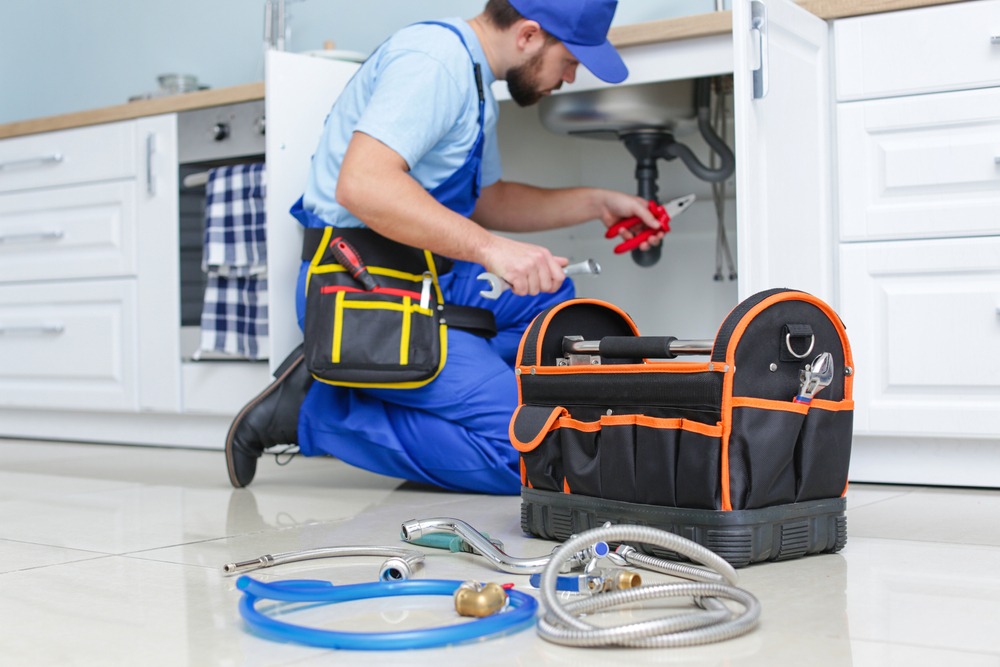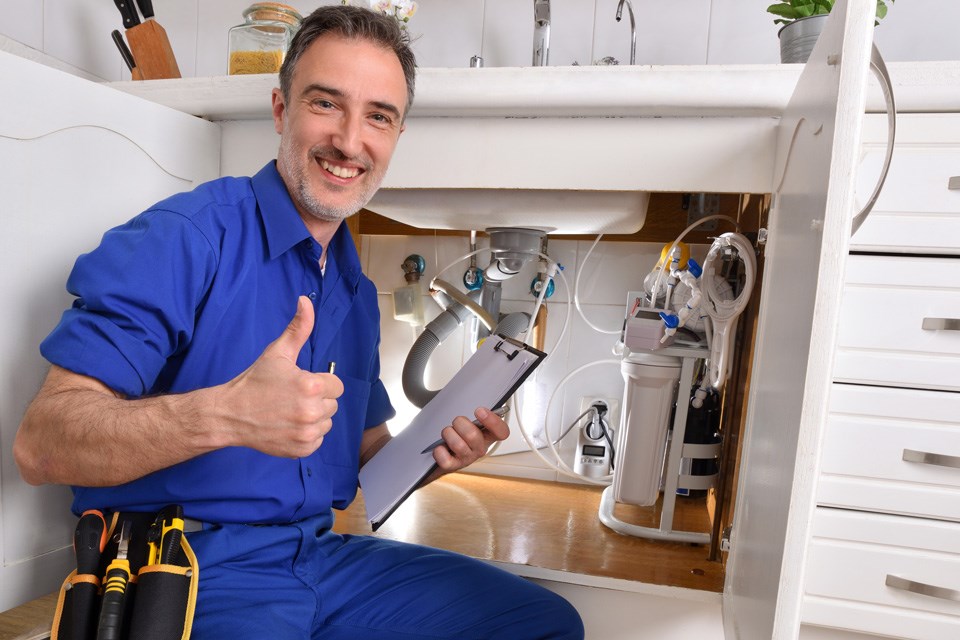Vital Plumbing Alabaster AL Tips for Homeowners
Vital Plumbing Alabaster AL Tips for Homeowners
Blog Article
A Detailed Guide to Reliable Hot Water Heater Installment for Optimal Performance
Starting the job of mounting a hot water heater is an endeavor that demands precision and a systematic method for attaining optimum efficiency. The procedure begins with the vital choice of choosing the ideal heater customized to the details demands of your house, considering elements such as size, power, and kind source. When chosen, preparing the setup location to fulfill security requirements is extremely important. Nonetheless, the trip does not end here. As you continue, the complexities of attaching water supply lines and setting up trustworthy electrical or gas links wait for, encouraging understandings into ensuring efficiency and dependability.
Picking the Right Water Heating System

Following, take into consideration the size and capacity of the hot water heater. It's essential to assess your household's hot water needs, which can vary based upon the number of occupants and their usage patterns. A device that's too little might cause inadequate warm water, while an oversized design may cause unneeded energy consumption.
Effectiveness rankings likewise play a critical duty in selection. Try to find hot water heater with high Power Factor (EF) scores, showing exceptional efficiency and reduced energy use. Tankless designs, though typically more costly ahead of time, offer considerable energy cost savings in time due to their on-demand heating capacities.
Preparing the Installment Location
Prior to installing a new water heater, thorough prep work of the installment area is vital. This guarantees a smooth installation procedure and aids stop future problems (Drain Cleaning Alabaster AL). Begin by choosing a suitable location that abides with regional building codes and safety and security requirements. The area needs to be dry, well-ventilated, and available for upkeep. It's important to gauge the room carefully to fit the water heating unit's measurements, ensuring appropriate clearance around the system for reliable procedure and servicing.
Inspect the flooring for stability, as the water heater will require a strong, degree surface to run successfully. If needed, set up a drip pan below the unit to catch possible leakages or spills, preventing water damages to the surrounding location.
Furthermore, make certain that all needed tools and materials get on hand prior to beginning the setup. This consists of items such as wrenches, screwdrivers, a level, and any kind of extra equipment needed for protecting the heater and installing. A well-prepared installment area establishes the structure for an effective hot water heater configuration, optimizing efficiency and safety.
Connecting Supply Of Water Lines
When linking supply of water lines to your newly mounted hot water heater, it is critical to guarantee that all links are safe and leak-free to keep effective procedure and stop water damage. Begin by recognizing the chilly and warm supply of water lines. The cool water inlet is usually marked with a blue tag or a "C", while the warm water outlet is marked with a red tag or an "H".
Use adaptable water heater ports to facilitate a much easier installment process. Before connecting the adapters, put a plumbing technician's tape around the threaded ends of the water heating system's inlet and electrical outlet pipelines.
As soon as connections remain in place, slowly turn on the primary water shutoff. Evaluate each link for leakages by visually feeling and checking for dampness. Tighten up links as essential, and guarantee the pressure safety valve is appropriately installed, safeguarding against too much stress accumulation.
Establishing Electrical or Gas Connections
Properly establishing up the electrical or gas links for your water heater is a crucial action to guarantee secure and effective procedure. For electric water heaters, start by confirming that the electrical circuit is compatible with the heating system's voltage and amperage demands.
For gas water heating units, security is extremely important. Validate that the gas supply is off prior to continuing. Attach the gas line to the hot water heater making use of an adaptable gas connector, guaranteeing it is effectively threaded and sealed with pipeline joint compound or Teflon tape suitable more tips here for gas links. Tighten up the connections with a wrench, taking treatment not to over-tighten (Plumbing Alabaster AL).
As soon as connections are made, check for any kind of possible leaks. For gas lines, apply a soapy water solution to the joints; bubbles suggest a leakage. For electrical links, confirm that all electrical wiring is protected and effectively insulated, maintaining compliance with local electrical codes.
Checking and Readjusting for Performance
With the electrical and gas connections firmly in location, the next step is reviewing the operational performance of your water heater. Begin by carefully transforming on the water supply and making sure there are no leaks at any of the joints or valves.
Following, carry out an extensive examination to make certain the heating elements or burner visit their website are working correctly. For electrical heating units, utilize a multimeter to validate if the aspects are attracting the appropriate current. In gas versions, observe the burner fire; it must be blue and stable, showing efficient burning.
Readjust the settings as necessary to get rid of inefficiencies. Take into consideration carrying out insulation measures, such as including a water heater covering, to further boost performance by lessening heat loss. Furthermore, check the anode rod's problem, as a worn-out rod can minimize efficiency and cause tank rust.
Verdict
Efficient hot water heater installation is important for ensuring ideal efficiency and energy financial savings. By choosing the ideal kind and size, and thoroughly preparing the installment area, a foundation for success is developed. Firmly connecting supply of water lines and very carefully setting up electric or gas links minimize prospective problems. Thorough testing for leaks and exact thermostat changes to 120 ° F boost reliability and efficiency. Complying with these steps promotes lasting capability and power conservation in residential water heating unit.

Appropriately establishing up the electric or gas links for your water heating system is a vital step to ensure reliable and safe operation. For electric water heating units, start by confirming that the electric circuit is compatible with the heating unit's voltage and amperage needs. Connect the gas line to the water heater using a flexible gas adapter, guaranteeing it is effectively threaded and secured with pipeline joint substance or Teflon tape appropriate for gas connections.
Report this page